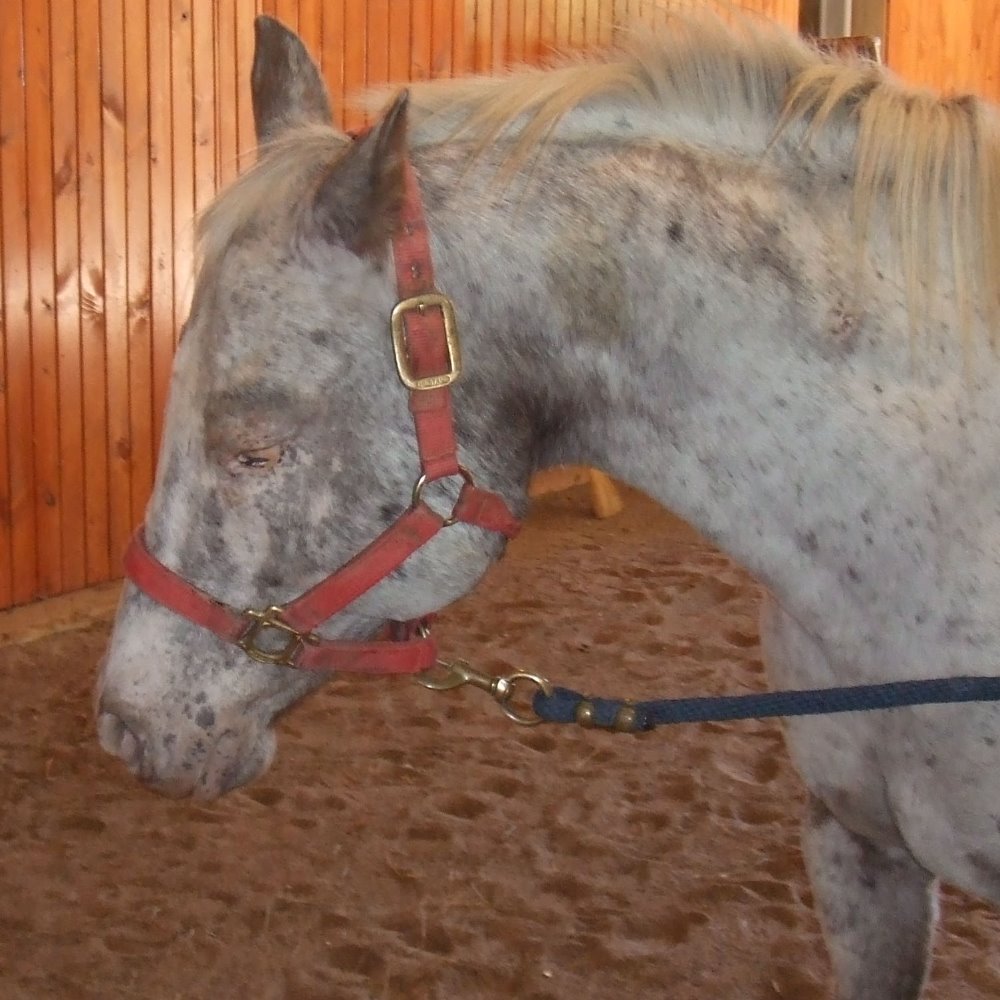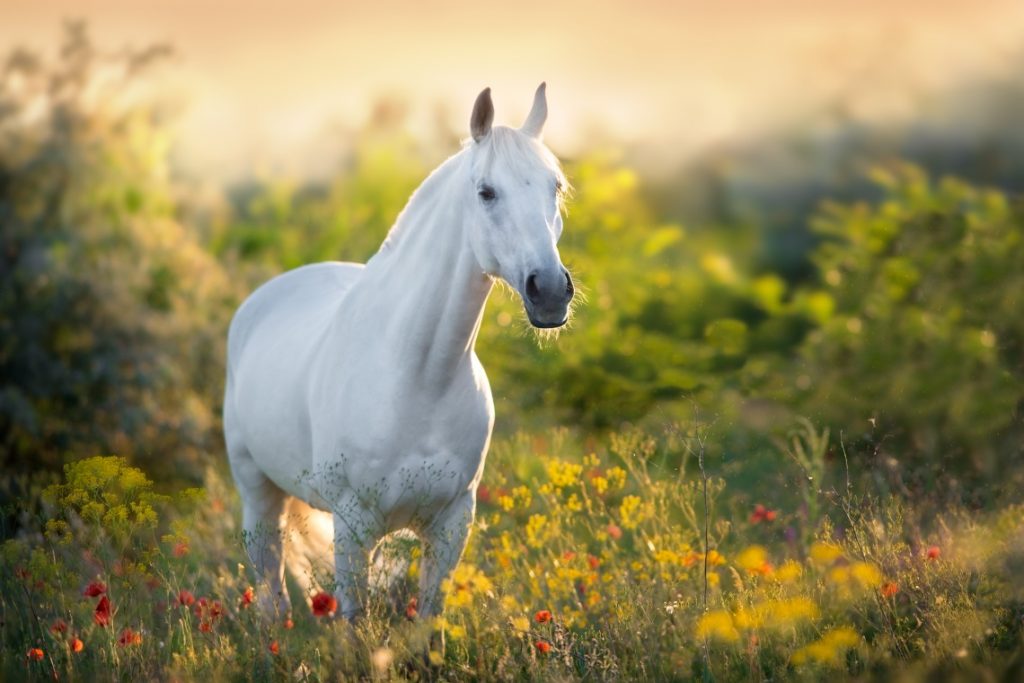Looking Good Info About How To Tell If A Horse Is Blind

And plenty of people will.
How to tell if a horse is blind. Horse blind spots it is worth noting that horses have two blind spots in their vision. So how can one tell that his/her horse has an eye problem?
Sometimes it is quite apparent, with the horse completely shutting their eye and not opening due to. The first blind spot is. Find out what behaviors and signs to watch for that suggest visual impairment, and learn how to help horses deal with deteriorating eyesight and blindness.
One way is to look at the horse’s eyes. These are the areas where your equine companion can not see anything. View all polls.
These hairs allow horses to know exactly how far away an object is. Shine a bright light into your horse’s eyes.
If the pupils are dilated and don’t react to light, it’s likely that the horse is. Similar to how our eyes work, binocular vision allows horses to see directly in front of them with both of their eyes, although they do still have a 3ft (0.9 meters) to 4ft. You’ll worry about how to care for your newly blind friend.
Fortunately, most horses adjust well to vision loss and can be managed safely. Your horse may be upset and scared (and who wouldn’t be?) by the encroaching darkness. To handle moon blindness in horses, start by trying to identify what caused the condition, which could be bacteria, parasites, viruses, fungi, or even a traumatic.
Just as you’d expect with reduced vision, you may notice that your horse bumps into doorways or rails as he is led from the stall or. Horses with no vision are typically startled by sudden noises or contact with their body, rather than visual cues. Vision loss can occur quickly (acute) or gradually.
Leave the long “feeler” whiskers around the blind horse’s ears, eyes, and muzzle. There are a few ways to tell if a horse is blind. To examine the cornea of the horse, diffuse and focal direct illumination (or transillumination) with magnification is used first, followed in most cases by.

















